Polishing/Compounding Machine Technique
by Greg NicholsAs I’ve been training more and more beginning detailers, I have found it necessary to focus on the techniques of the process of machine use. Having a core set of techniques when you first start polishing will save you time and help create better results. If you recall I wrote a past article on Paint Polishing: Changing the Speed and/or Pressure. The intent of that article, and this one too, is to pay attention to what is happening while you are correcting the paint. It is always the little things that make the largest difference in detailing. A case in point is I was training a detailer and the finish was good, but slightly hazy still. I had him change up his technique and bingo the finish was crystal clear! If I recall correctly he said “wow just by changing that one simple thing, the results are so different.”
The Key point of this quick reminder is OVERLAPPING PASSES and KEEPING TRACK OF WORKED AREAS.
If you think of your paint surface like mowing a lawn, you will more clearly understand the importance of the technique I’m trying to share.
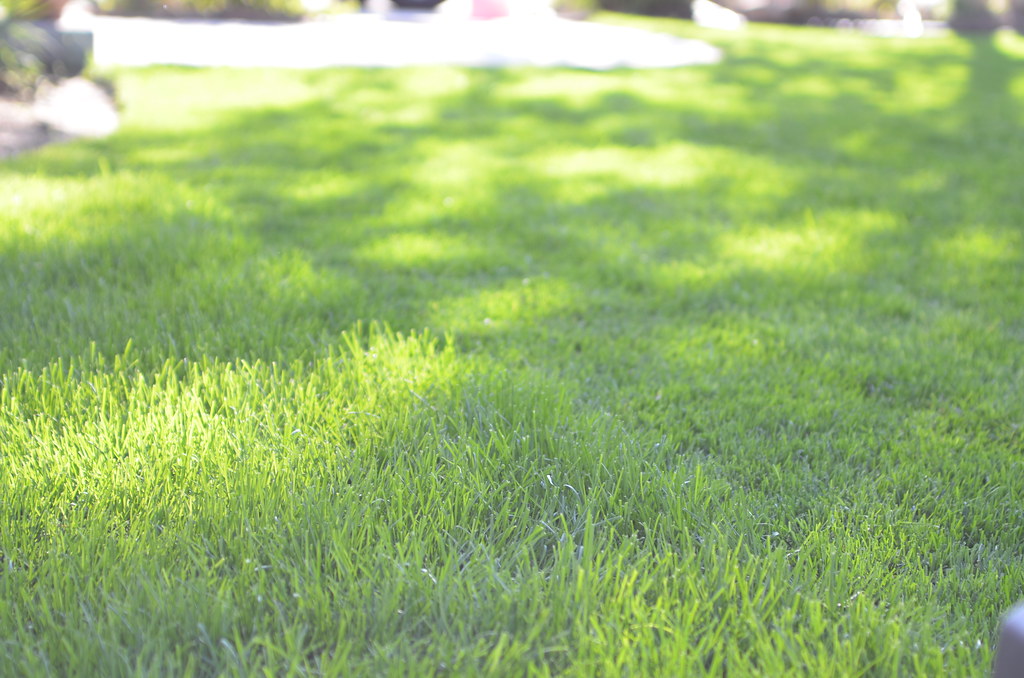
On paint it is not as easy as this to see where you’ve been. So keeping track of the areas you’ve been will yield the greatest result.
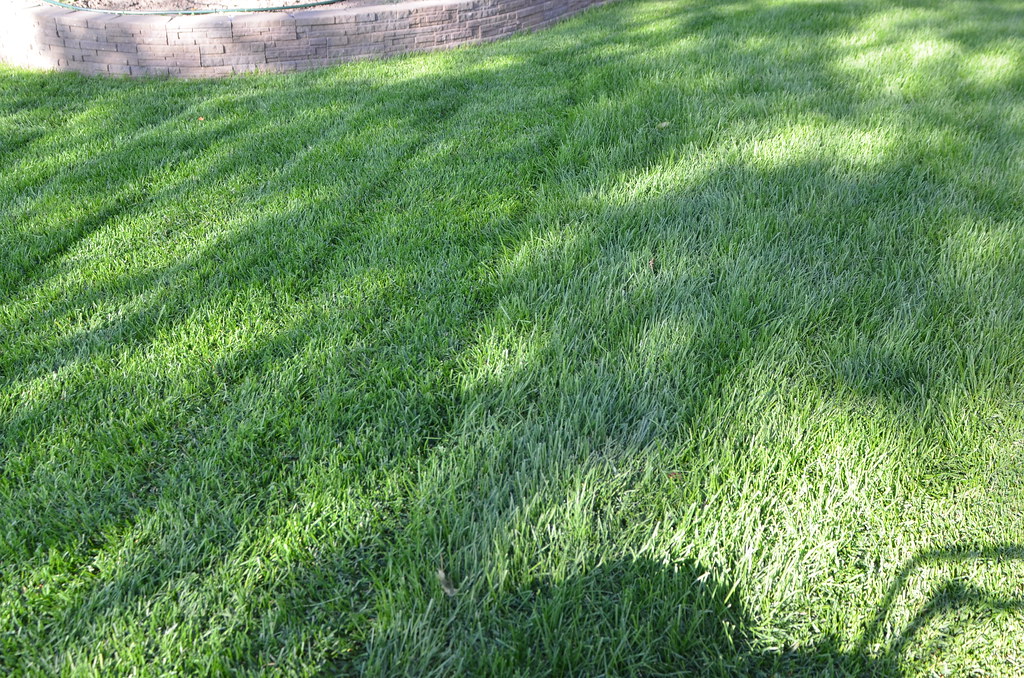
Think of your polisher as your lawnmower that is moving over the surface.
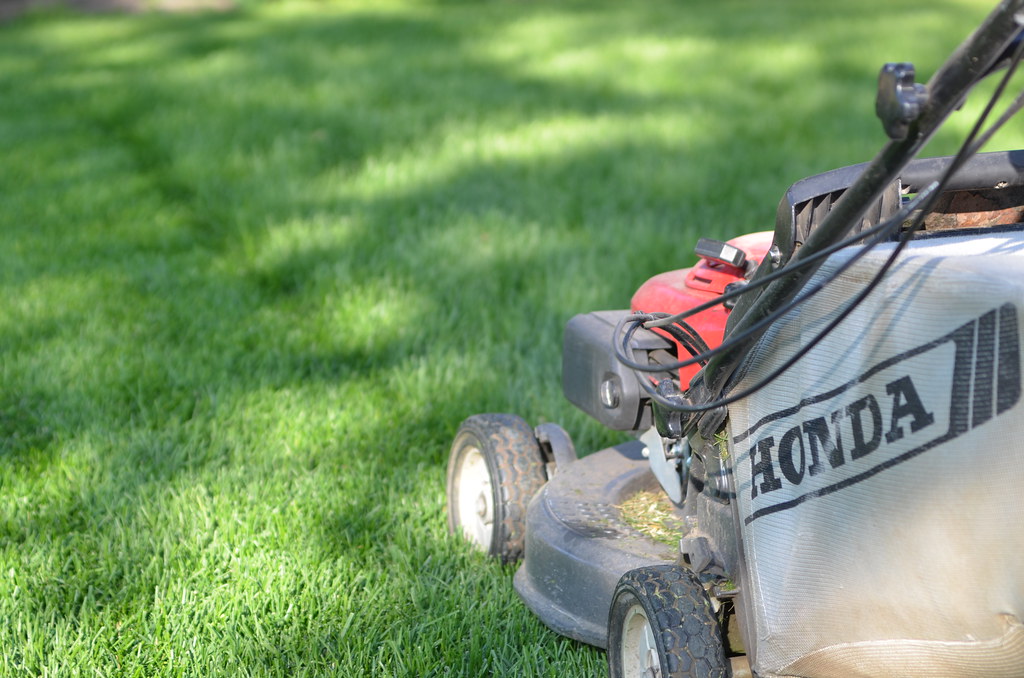
You want to overlap your polishing passes by the Radius of the pad, at minimum. While with the lawnmower you don’t need that much overlap as you do with your polishing machine. The reason is due to the slight down force pressures that differ from the center of the pad to the edges. The larger the pad the more critical this becomes. I’ve also noticed that with softer finishing pads the pressure on the edges is different than the center. I haven’t found that same effect using something like the MEGUAIRS MF cutting pads. I also use a very stiff backing plate too.
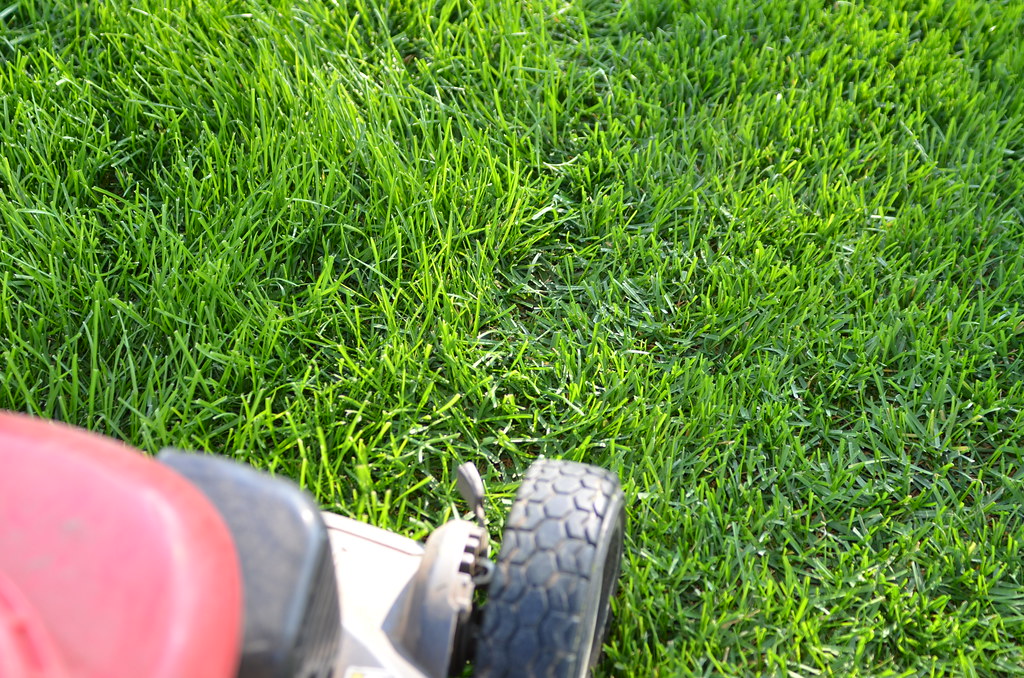
Here is another angle:
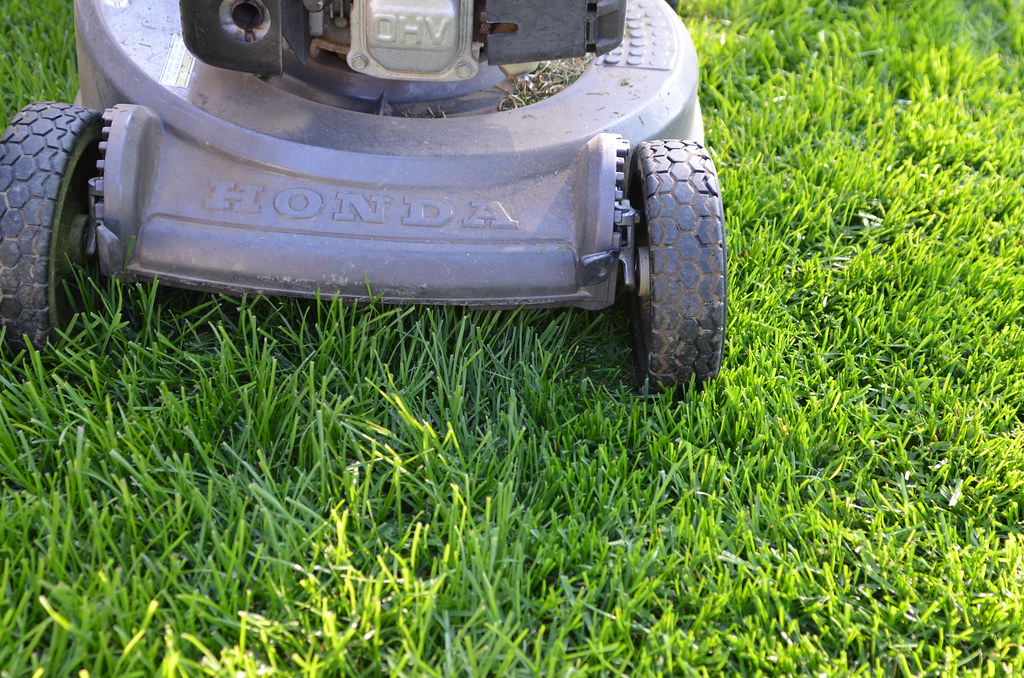
When you have polish on the surface of the car, its easier to see your over lapping passes
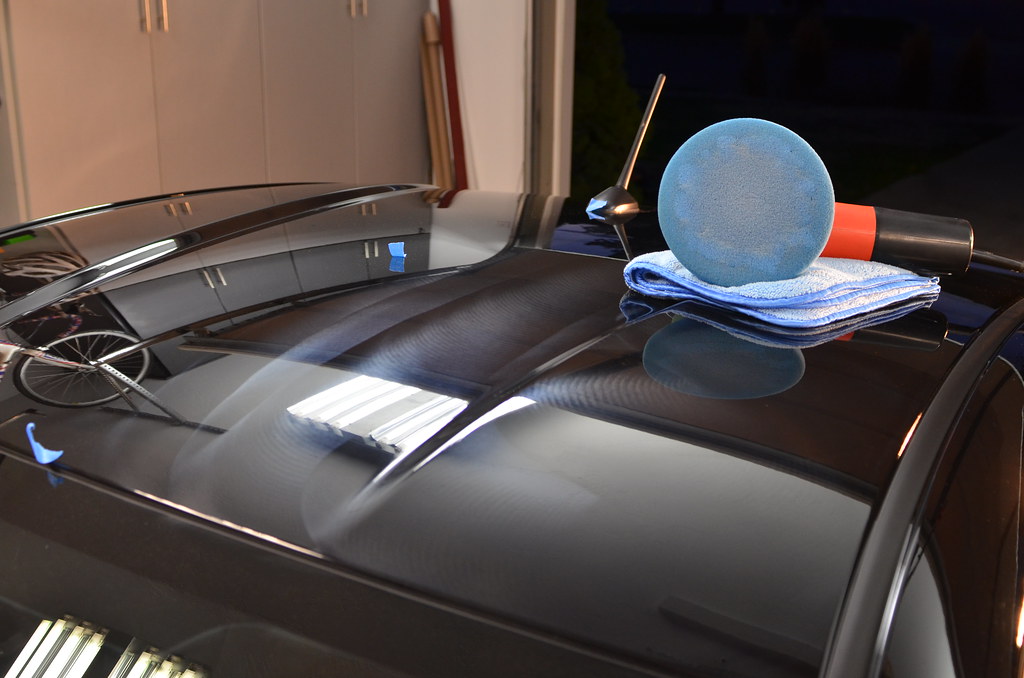
But how do you keep track of where you’ve been once you’ve wiped off the polish? Ideally you are working small sections of a panel, so do you keep track of where your Polishing “edge” was before you wipe off the polish? I keep a few pieces of tape around for when I work larger areas. If I’m working a small area, I try to use door handles, trim pieces, etc to mark the points. Do what you must, but for ideal perfected finishes keep track. Nothing kills time and builds frustration like pulling your car out into the sun for inspection, only to notice you have “strips” that need more attention. The tape marks the radius point of the last section I did, that butts up to the next.
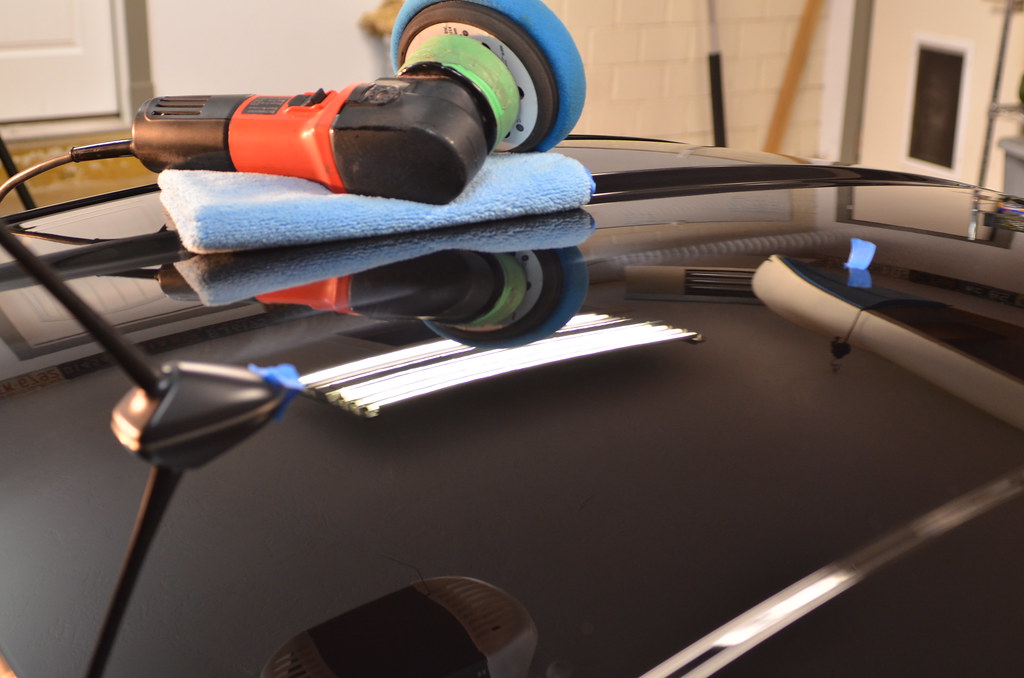
It’s that simple, keep track of areas worked however you must. Focus on overlapping passes that are the distance of the pad radius.
Cheers,
GREG









Great article! Also, as a turfgrass management major, I definitely can appreciate the lawn reference!!
Love the lawn reference Greg! 🙂
Great article, and really nice lawn. Looks like its time to detail the mower 🙂
Greg G
Good article and great reminder Greg.
Much appreciated.
were can i get someone to polish my car in the Norfolk Va area
I think you can contact either Greg G or DJ
Nice analogy about overlapping passes and mowing lawns… and I am just as anal about my lawn as I am about my detailing!
Polish a section “A”. Then polish section “B”. Then wipe off polish from section “A”. Polish section “C” right next to where you see the end of your section “B”. Then remove “B”.
It’s automotive polish, not superglue. It can stay on the car 5 more minutes.
Using this technique you can see where you have and haven’t polished. It’s not really that complicated.